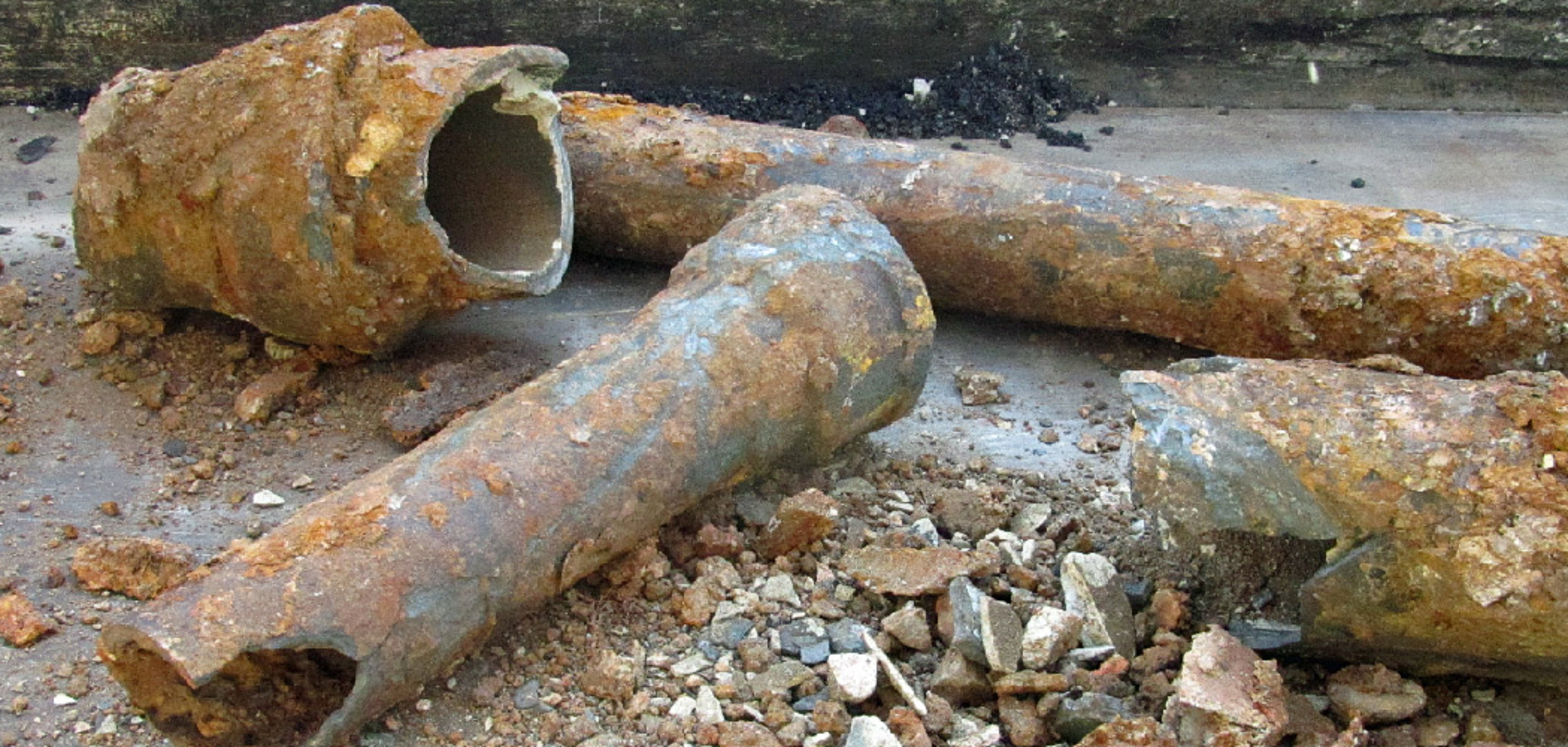Identifying whether your plumbing system utilizes cast iron pipes is crucial, especially in older homes built before the 1970s. Cast iron pipes are commonly used for their strength and durability, but they can pose significant issues, including rust, corrosion, and leaks over time.
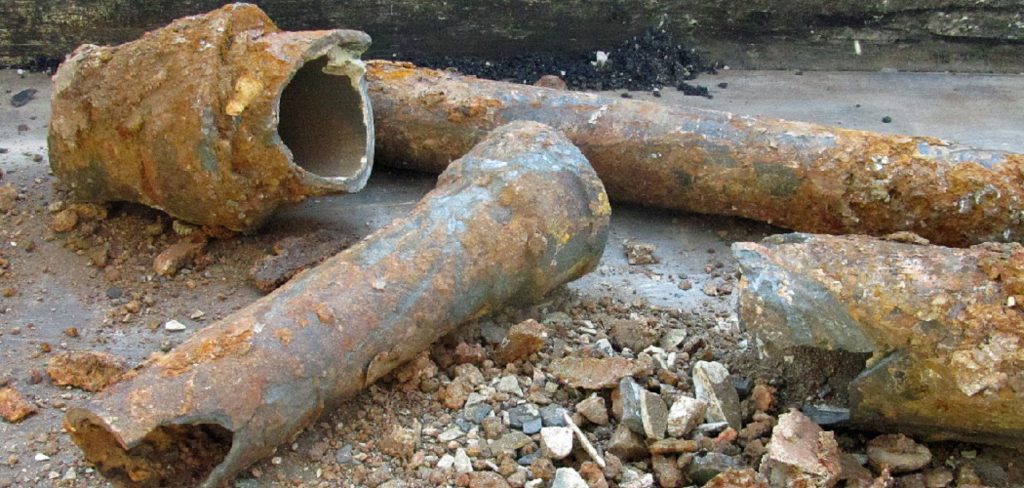
These problems can lead to costly repairs and inconveniences if not addressed promptly. This article will provide a comprehensive overview of cast iron pipes, highlighting their characteristics and the potential issues they may cause. You will learn how to tell if you have cast iron pipes through visual inspection methods and by identifying distinct material traits.
Additionally, we will cover other signs to look for that may indicate the presence of cast iron in your plumbing system, ensuring you know what is necessary to maintain a healthy plumbing environment in your home.
Why Identifying Cast Iron Pipes is Important
Durability and Age
Cast iron pipes have a remarkable lifespan, typically lasting between 50 to 100 years. However, as these pipes age, they become more susceptible to corrosion and material fatigue.
Over time, the development of rust and sediment can lead to blockages, and the integrity of the pipe material may weaken, resulting in leaks. Therefore, identifying cast iron pipes is essential for homeowners, as it directly influences maintenance and repair decisions to avoid more extensive damage down the line.
Potential Issues
The problems associated with cast iron pipes can be significant. Rust buildup is a common issue that hampers efficiency and can contaminate the water supply. Leaks can develop, leading to water wastage and potential structural damage in your home.
Additionally, reduced water flow often stems from blockage due to corrosion, necessitating costly repairs or even the replacement of entire sections of piping. Being aware of these issues helps in proactive maintenance and timely interventions.
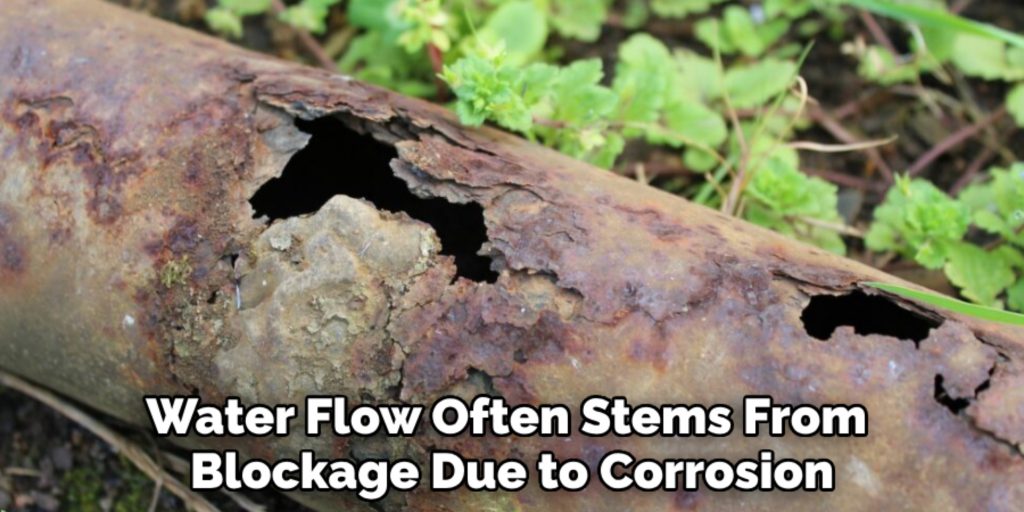
How to Tell if You Have Cast Iron Pipes: Visual Inspection of the Pipes
Step 1: Locate Accessible Pipes
To effectively inspect for cast iron pipes, identify areas in your home where these pipes are likely to be accessible. Common locations include the basement, crawl space, or areas surrounding water heaters and under sinks. These spaces often house the plumbing infrastructure, allowing for a thorough examination of the visible pipes.
Step 2: Look for Key Characteristics
Once you’ve located the accessible pipes, focus on their physical appearance to determine if they are made of cast iron. Cast iron pipes typically present as black, dark grey, or even rust-colored, displaying a rough, matte finish. Unlike more modern materials, such as PVC or copper, cast iron pipes are usually cylindrical with notably thick walls, giving them a robust feel.
Additionally, they tend to have larger diameters, which can assist in distinguishing them from newer plumbing materials. Another characteristic to pay attention to is the presence of any flaking or rust, which can indicate that the pipes are aging and may be experiencing deterioration.
Step 3: Check for Labels or Markings
As a final confirmation, check the pipes for any labels, stamps, or manufacturer markings that may indicate they are made of cast iron. These identifiers are often found near the joints or fittings of the pipes.
If you spot any markings, note them down, as they may provide crucial information regarding the type and age of the plumbing system in your home. This step can greatly aid in understanding the materials installed within your plumbing infrastructure.
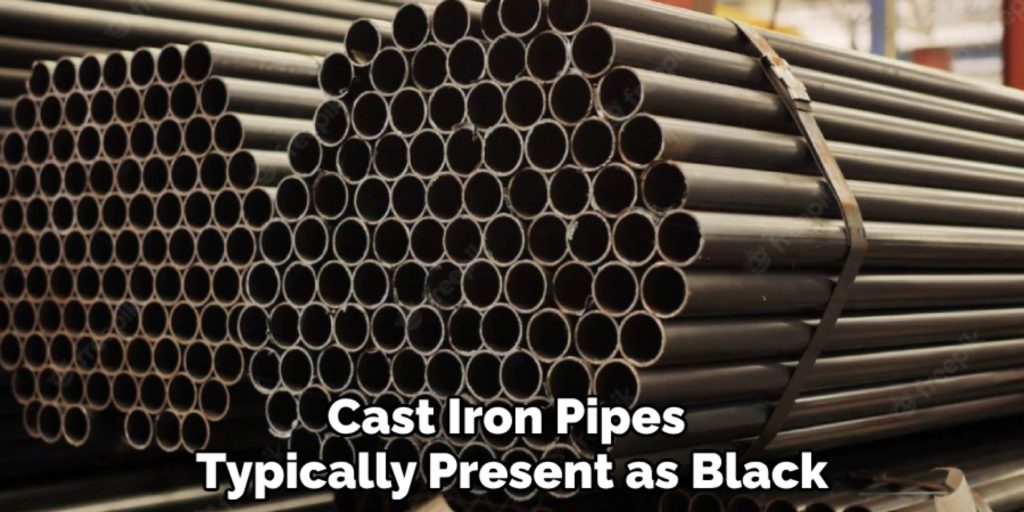
How to Tell if You Have Cast Iron Pipes: Tapping and Sound Test
Step 1: Tap the Pipe
To assess whether your pipes are made of cast iron, use a metal tool such as a screwdriver or wrench to gently tap the pipe’s surface. Listen closely to the sound it produces; cast iron pipes typically emit a dull, metallic clinking sound, which differs significantly from the sharper, higher-pitched ring associated with metal pipes like copper. This auditory distinction can be a helpful initial indicator in identifying the material of your pipes.
Step 2: Compare with Other Materials
Once you have tapped the pipe, conduct a comparison with nearby pipes of different materials, such as PVC or copper. Tap these pipes in the same manner and note the differences in sound. PVC will produce a hollow, plastic thud, while copper pipes will produce a bright, ringing sound. By contrasting these sounds, you can enhance your ability to discern whether your plumbing consists of cast iron or another material.
Magnetic Test
Using a Magnet
One effective way to determine if your pipes are made of cast iron is by using a strong magnet. Hold the magnet close to the surface of the pipe; if it strongly attracts, this indicates the pipe is likely made of cast iron or steel, as these materials are ferrous.
Conversely, non-metallic materials such as PVC or plastic will not produce any magnetic attraction. Therefore, using a magnet is a straightforward and reliable method for identifying the material of your plumbing.
Interpreting Results
If the magnet sticks firmly to the pipe, this serves as confirmation that the pipe is a ferrous material, likely cast iron or steel. In this case, it is essential to consider further assessments for any signs of corrosion or wear, as aging cast iron can lead to various plumbing issues.
However, if the magnet does not adhere, it can be concluded that the pipe is non-magnetic, suggesting it is made from materials such as PVC, which typically require different maintenance considerations.
Signs of Deterioration in Cast Iron Pipes
Rust and Corrosion
Rust and corrosion are the most prominent indicators of deterioration in cast iron pipes. Common signs include flaking, where the surface begins to chip away, and discoloration, which can manifest as a reddish-brown hue due to oxidization.
You may also observe rust stains around joints or fittings, which indicate moisture escaping and contributing to further corrosion. Over time, the presence of rust can significantly weaken the structural interest and weaken the pipe’s structural integrity, leading to an increased risk of leaks and breaks if not addressed promptly.
Reduced Water Flow
As cast iron pipes age and become corroded, the inner walls can accumulate rust and mineral deposits, reducing water flow. This buildup can create clogs that restrict water flow, resulting in slower drainage and inefficiency in plumbing systems.
Homeowners may notice this as gurgling sounds in the pipes or standing water in sinks and drains. Proactive measures, such as regular inspections and maintenance, are essential to mitigate these issues and ensure that pipes maintain optimal functionality.
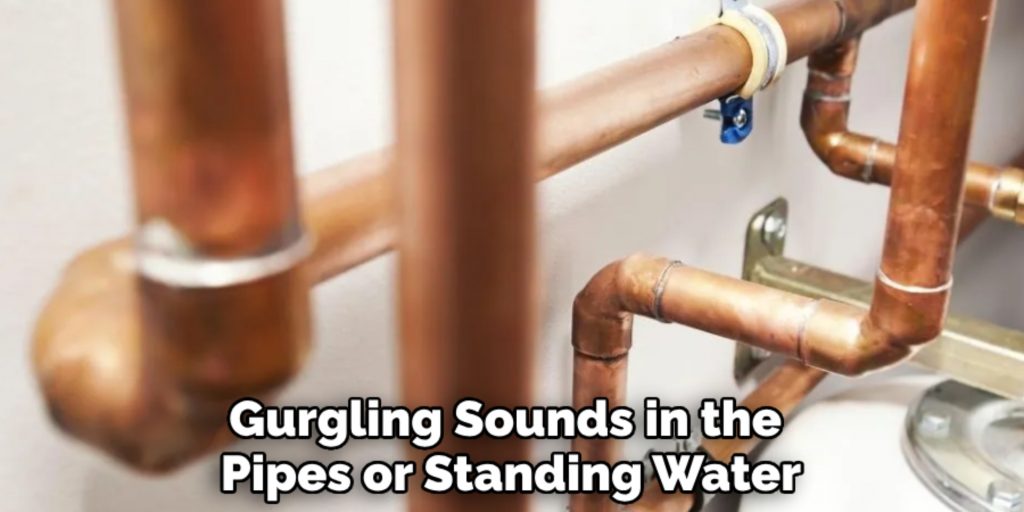
Frequent Leaks or Cracks
Aging cast iron pipes are prone to developing cracks or leaks, particularly as rust and corrosion progress. Signs of this deterioration may include frequent water damage, damp spots on walls or ceilings, or visible cracks on the surface of the pipes.
If you notice any of these indicators, it is crucial to investigate further, as leaks not only waste water but can also lead to more substantial structural damage within your home. Early detection of these issues can prevent costly repairs and safeguard your plumbing system’s integrity.
When to Consider Replacing Cast Iron Pipes
Signs of Severe Deterioration
Homeowners should seriously consider replacing cast iron pipes if they observe severe rust, persistent leaks, or evident structural damage that isn’t easily repairable. Significant rust can compromise the pipe’s integrity, while frequent leaks suggest a failing system that may only worsen over time.
Suppose there are visible cracks or water damage in surrounding areas. In that case, these are critical indicators that a replacement may be necessary to prevent further costly repairs and maintain a reliable plumbing system.
Cost-Benefit Analysis
When deliberating whether to repair or replace cast iron pipes, homeowners should conduct a thorough cost-benefit analysis. Assessing the costs associated with ongoing repairs against the more significant long-term investment of a full replacement is crucial, especially if the pipes are nearing the end of their lifespan.
Opting for replacement can save money and stress in the future, providing peace of mind and a more dependable plumbing system for years to come.
Frequently Asked Questions About Cast Iron Pipes
1. How Long Do Cast Iron Pipes Typically Last?
Cast iron pipes can last 75 to 100 years when properly maintained. However, factors such as soil conditions, water quality, and overall care can impact their lifespan. Monitoring their condition regularly is essential to address any emerging issues promptly.
2. Can I Repair Cast Iron Pipes Myself, or Should I Hire a Professional?
While homeowners can attempt some minor repairs, like sealing small leaks with epoxy or using pipe wraps, it is generally advisable to consult a licensed plumber for significant repairs or replacements. Professional assessment ensures the job is done correctly and reduces the risk of further damage.
3. What Are the Alternatives to Cast Iron Pipes?
If you’re looking to replace cast iron pipes, several alternatives are available, including PVC (polyvinyl chloride), ABS (acrylonitrile butadiene styrene), and newer types of ductile iron. Each material has its own benefits, such as corrosion resistance and ease of installation, so it’s worth discussing options with a plumbing professional to choose the best fit for your system.
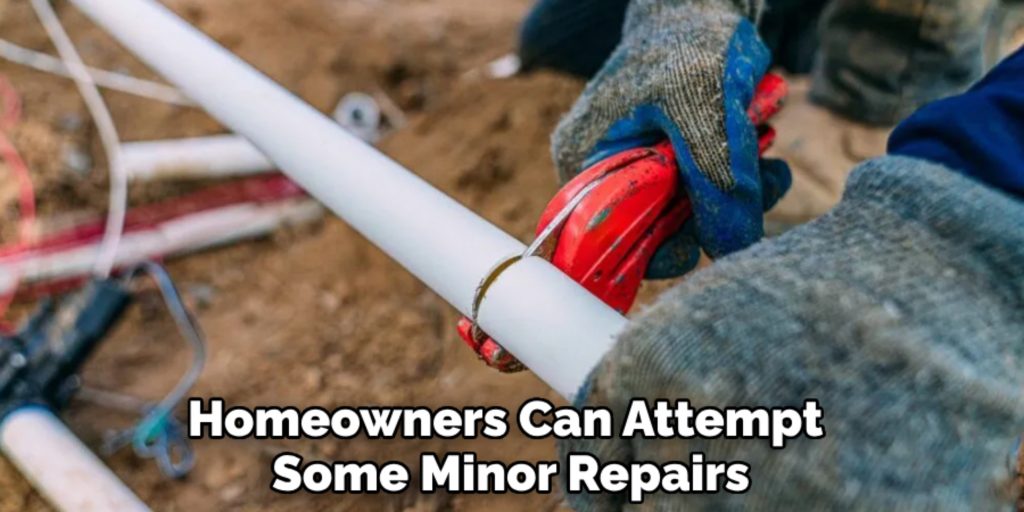
Conclusion
In summary, understanding how to tell if you have cast iron pipes involves several key steps, including visual inspections, sound tests, and the use of magnets to identify materials. Observing signs of deterioration, such as rust, reduced water flow, and frequency of leaks, provides crucial insights into the condition of your plumbing.
It’s important to address any issues with cast iron pipes promptly to avoid costly damage and ensure a safe and efficient plumbing system. Regular inspections can help maintain your pipes and prevent unexpected problems.
If you suspect you have cast iron pipes that may require attention, do not hesitate to seek professional advice for thorough evaluation and maintenance recommendations. Taking proactive steps can safeguard your home and plumbing infrastructure for the long term.

